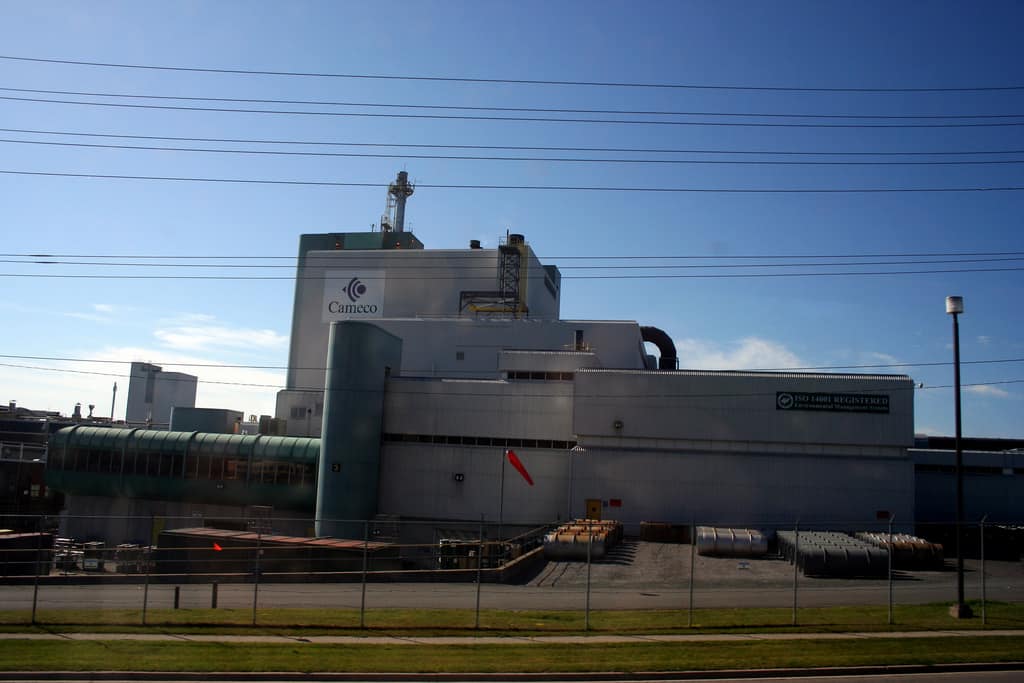The last few years have been particularly tough for investors in the world’s largest publicly traded uranium miner, Cameco Corp. (TSX:CCO)(NYSE:CCJ). Even after rallying strongly in recent days, the miner is still down by 11% over the last year to see it at trading at roughly half of its four-year peak because sharply weaker uranium prices are weighing on its performance.
Nevertheless, the recent news that Russia is considering banning uranium exports to the U.S. along with a much-anticipated surge in demand has left some pundits claiming that Cameco is an attractive undervalued opportunity. For some time, I have believed that the heyday of nuclear power and hence uranium miners is over, as other forms of electricity generation are safer and more cost effective. Despite the positive news, it appears that Cameco is a value trap rather than a deeply undervalued investment opportunity.
Now what?
Taken at face value, the news emanating from Russia, especially if Moscow proceeds with a uranium export ban for the U.S., should be good news for Cameco.
You see, the U.S. imports 89% of the uranium that it consumes, of which 19% is supplied by Russia. If that was removed from the equation, it would force U.S. utilities that operate nuclear power plants to look elsewhere to fill the gap.
Clearly, as the world’s largest publicly listed uranium company located in Canada, Cameco would be a key beneficiary, particularly because of the close trade links between the U.S. and Canada.
Nevertheless, most of those utilities have indicated that they can buy uranium on the spot market, and there is every likelihood that miners across the industry can fill the shortfall.
There is considerable spare-capacity among uranium miners because the prolonged slump in prices has forced many miners, including Cameco, to wind back production and shutter mining as well as milling facilities. Global mining giant Rio Tinto Plc. (NYSE:RIO) hiked production from its Rossing uranium mine in Namibia in 2017 and given that the mine was profitable despite low uranium prices, it is likely it will grow output further.
Despite the statements from Russia, the spot price for uranium hasn’t budged, remaining at around US$21 per pound, which is its lowest price in over five years.
The much-anticipated run-up in demand because of the volume of reactors under construction globally coupled with Japan approving seven reactors to restart operations, may not be as great as expected. Many of those new reactors are destined to replace existing obsolete or aging ones that are scheduled to be removed from operation.
Further, renewable sources of energy are growing in popularity because of falling costs and fewer hazards associated with their operations compared to nuclear power. According to a 2017 UN report, more money during the year was invested in solar than in coal, natural gas, and nuclear energy combined. That trend will continue with countries such as South Korea and France aiming to wind down their nuclear power programs.
So what?
The bull narrative for uranium and Cameco has been around for some time, yet prices have yet to move off their multi-year lows. There is every indication that supplies of the radioactive metal will more than adequately meet demand for the foreseeable future, making it unlikely that the sustained rally required to reverse Cameco’s fortunes will ever occur. While the bull narrative may be appealing in theory, it is starting to look more and more like a widow maker trade.









